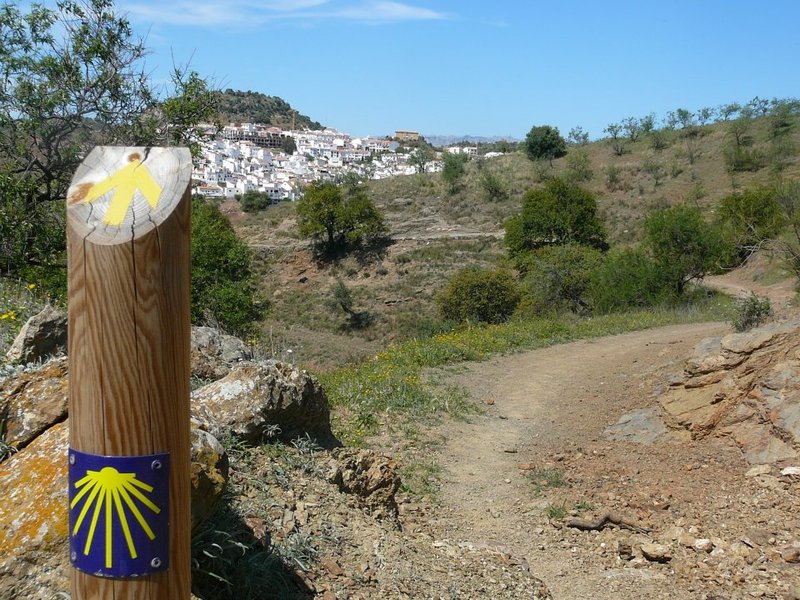The Borosa River Traillocated in the Natural Park of the Sierras de Cazorla, Segura and Las Villasin the province of Jaén (Andalusia), is an extraordinary route that allows visitors to contemplate some of the most crystalline waters of the Sierra de Cazorla. This tour not only impresses with its natural beauty, but also with the variety of experiences it offers.
A route to “walk on water”
One of the highlights is the opportunity to “walk on water” through the wooden platforms that cross the river. Along the way, hikers can observe a great diversity of flora and fauna, as well as spectacular geological formations that enrich the landscape.

A 7.5 km route and low difficulty
The route is straight and has a length 7.5 kilometerswith a Approximate duration of 3 hours and low difficultywhich makes it accessible to most people, according to the area of Cazorla City Council Tourism.
The path is made up of tracks, paths and walkways, and is characterized by its riverside vegetation, interesting geological formations and numerous pine forests. There is abundant shade along the route, and no special authorization is required to travel it. However, it is recommended to bring sun protection in summer, as well as enough drinking water and appropriate footwear.

Borosa River Visitor Center

At the beginning of the route, next to the Borosa Riveris the Río Borosa visitor center. This center, managed by the Ministry of Agriculture, Fisheries and Environment of the Junta de Andalucíais a key point for visitors, providing information and guidance about the natural park.
It has aquariums that show the aquatic fauna most representative of the area and is adjacent to the Borosa River fish farm, now transformed into a research and conservation center for native aquatic fauna. From a interior viewing point, Visitors can observe species such as common trout and crayfishas well as eels and comillejas.
Trailhead: Borosa River Fish Farm

The route begins at the fish farm Borosa River. Walking along this tributary of the Guadalquivir, Known for its cold and crystalline waters, hikers will be able to delight in the Charco de la Cuna, a natural pool with turquoise waters where common trout and gypsy barbel.
During the tour, you can see a great variety of birds, such as the kingfisher and the dipperas well as the Valverde lizard, a reptile endemic to the area. The riparian vegetation is dominated by sargas, ash trees and sargatillos.

The impressive Cerrada de Elías
One of the most impressive stretches of The route is the Cerrada de Elías. To get there, you must take a detour to the right that leads to a path surrounded by lush vegetation. This section is particularly notable for the wooden walkways that rise above the waters of the Borosa, offering a unique nature immersion experience.
In the Cerrada de Elías, hikers can see the flytrap or flytrap, a carnivorous plant that thrives on wet rocks. At the end of this segment, you will find a fountain surrounded by well maidenhair, a fern characteristic of humid and shady areas.

End of the tour: the hydroelectric plant
Continuing along the path, you reach the hydroelectric power stationbuilt in the 1930s to supply electricity to several towns in the region. The plant takes advantage of the uneven terrain to produce clean energy.
At this point, visitors can observe tuff formations and enjoy the view of cornicabras (a shrub or small tree) spectacular bearing. Although a sign indicates the end of the trail, it is advisable to continue a few more meters to contemplate these geological formations.
Sign up for the newsletter and receive the best proposals for traveling the world in your email.




